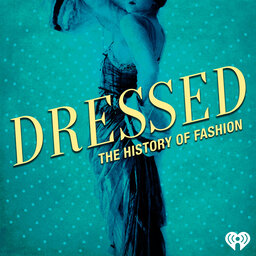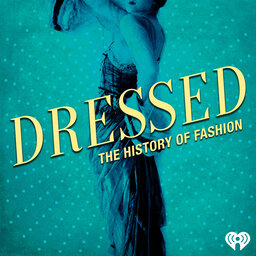Sewing Machine Compositions with Series Archive, an interview with artist Nicole Cooke
Making music with a sewing machine? LA-based artist Nicole Cooke sure does and joins us this week to talk about her deeply original compositions employing sewing machines as instruments and the theme of clothing in her work.
Related Links:
 Dressed: The History of Fashion
Dressed: The History of Fashion


